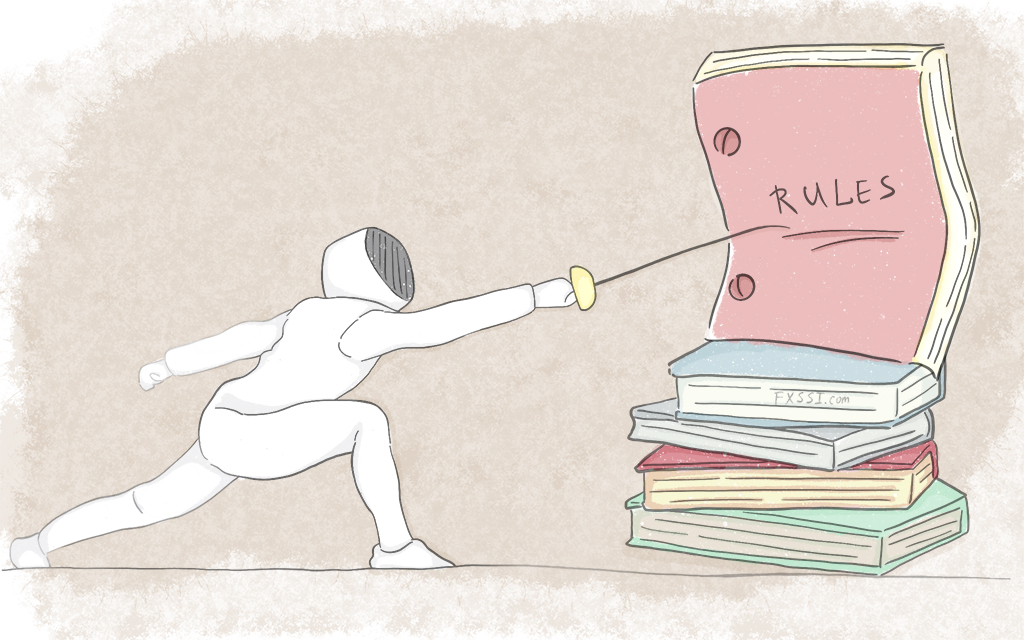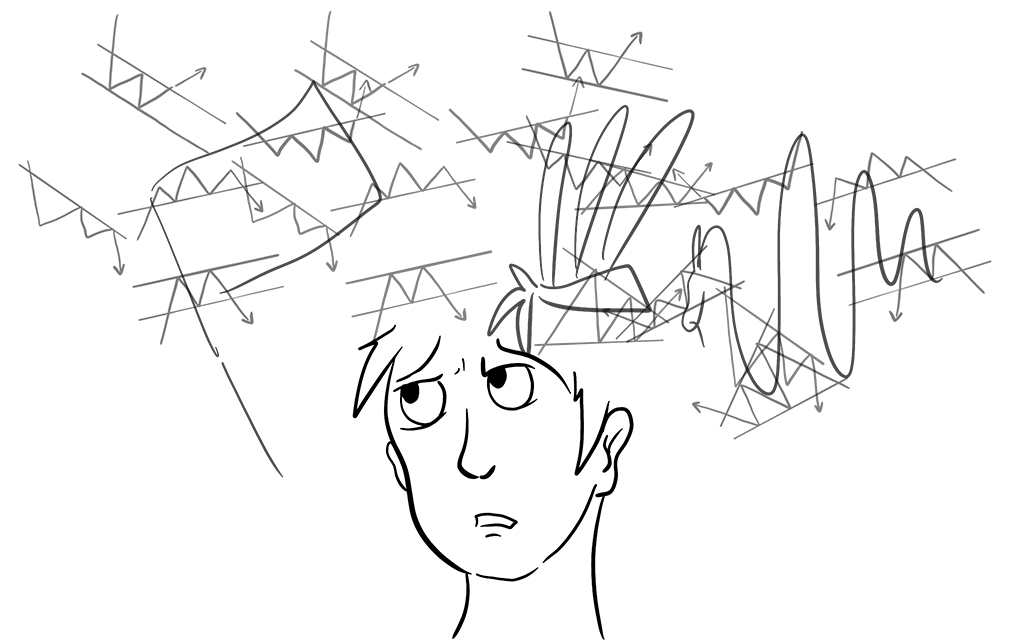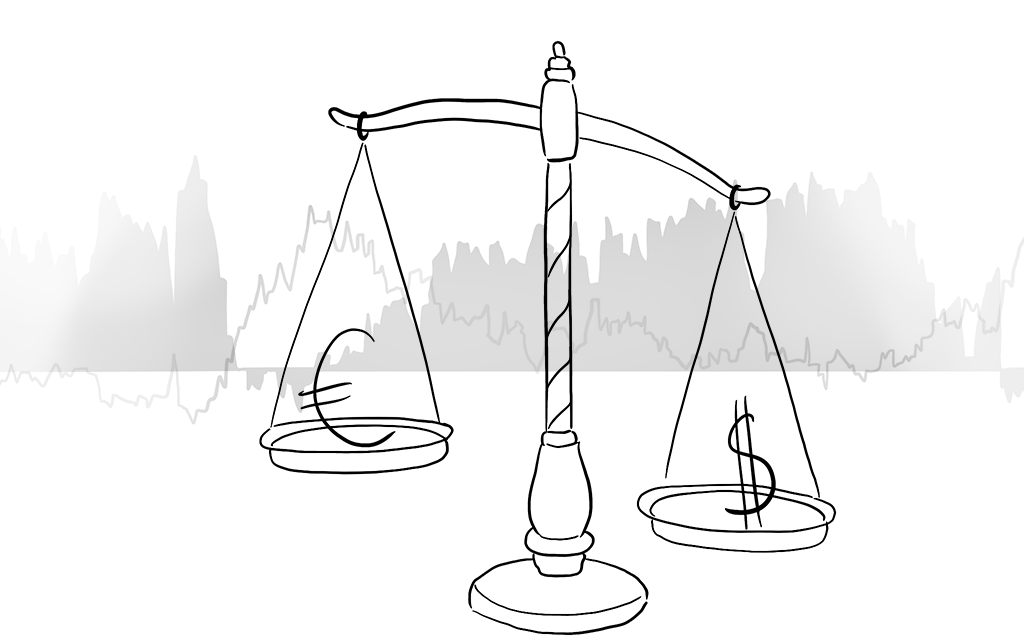Deliberate Practice vs. Set of Rules
Reading the title of this article for the first time, doesn't make it entirely clear what it's about. However, this is exactly the problem we want to raise.

Part 1. Blindicators
Are you planning to become a professional trader? If yes, then here's a question for you: do you know the formula of the indicator you are using or the reason why the pattern you've found should work in a specific direction?
Most likely, the answer is no. A lot of traders find this information unnecessary.
The second question is, how can you rely on something if you don't really know how it works?
In fact, downloading lots of indicators describing “when to enter” and “when to exit”, and not knowing what they are showing, is definitely not a sign of professional trading.
Even technical analysis won't work until you learn to understand what all these dashes and lines mean.
But it's even more surprising when traders start thinking this way: "Oh! … The Stochastic oscillator is reversing, and now the price will follow it too." If only they knew that the stochastic is the price itself, only altered by a formula, they probably wouldn't have come up with such a "brilliant" idea.
Indicators are way too easy, let's look at this problem from a different angle.
Part 2. Patterns
In our series of articles on patterns, we've always tried to describe possible reasons why a certain pattern should behave this way and not the other way around. At the same time, we described a possible situation that could occur in the market against the background of this pattern, as well as the players who could be a part of it.
However, we've noticed an interesting pattern: the readers were not very interested in this information. Most of the time they came to learn how to trade these patterns correctly, but not for the reason why they actually work.
But the reason is the major point!
How can you trade a pattern without understanding (or even imagining) why the price should react to it?
In any situation, you should try to understand the reason behind it.
And do you know why?
For example, let's take a look at the "Flag" pattern. It has fairly strict criteria for being called a "Flag" pattern. This pattern has to have a flagpole and a channel, where the price moves.
But if you identify the reason why the "Flag" pattern works, you'll be able to see this reason later on, even if the pattern itself is not quite perfect.
Roughly speaking, you won't even need a pattern. You will be able to clearly recognize the behavior of the pattern on its own and you'll know how the price is going to react in the future.
Makes sense, doesn't it?
Part 3. Retail Traders Position ratio
Exploring online trading forums, one might come across threads dedicated to the analysis of open positions ratio. We are very interested in this topic, and this is what we usually see:
- Someone has the idea of trading against the crowd and shares it.
- Everyone gets very excited: "Trading against the crowd – that's awesome!"
- And then, instead of exploring this topic more, they start messing with the parameters and writing expert advisors, hoping that by adding them to the chart, they will earn lots of money.
Remember: easy money doesn't exist, and if you do not thoroughly understand the topic, you will never make any money.
And here's an example of what happens if you don't think at all about what you are doing:
Another forum example. The author of the thread said: "Sell when the position ratio is more than 60% and buy when it is less than 40%."
Fair enough.
And then traders (the followers of this strategy) started to share their ideas. While reading the thread, one phrase really stood out: “For AUD/JPY: you have to sell with 60% in buy”.
And everything seems to be consistent with the strategy, but they missed one important point: there are many carry trades for the AUD/JPY currency pair (those who make money on swaps). So, AUD/JPY is an excellent currency pair for this strategy and there will always be more buyers than sellers.
By the way, since we've mentioned the carry-trade strategy, here is a link to the TOP 10 pairs for this strategy.
Let's get back to our case. It becomes very clear that many traders blindly follow someone else's instructions / rules, while they don't even bother to check the quality of these "instructions".
Fin
All of the above can be projected onto any methods and tools for analyzing financial markets.
To summarize, the main idea that we wanted to convey:
















